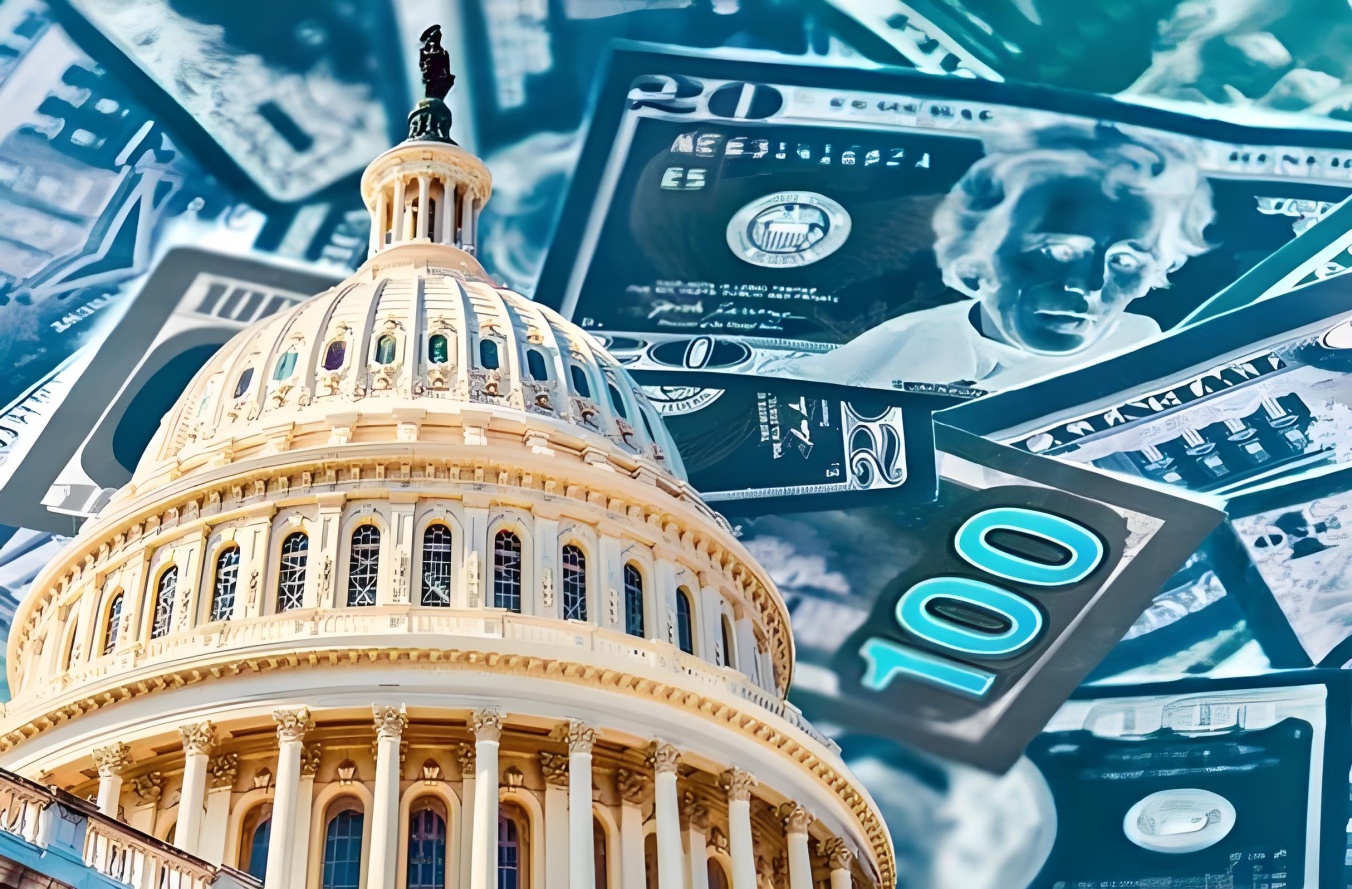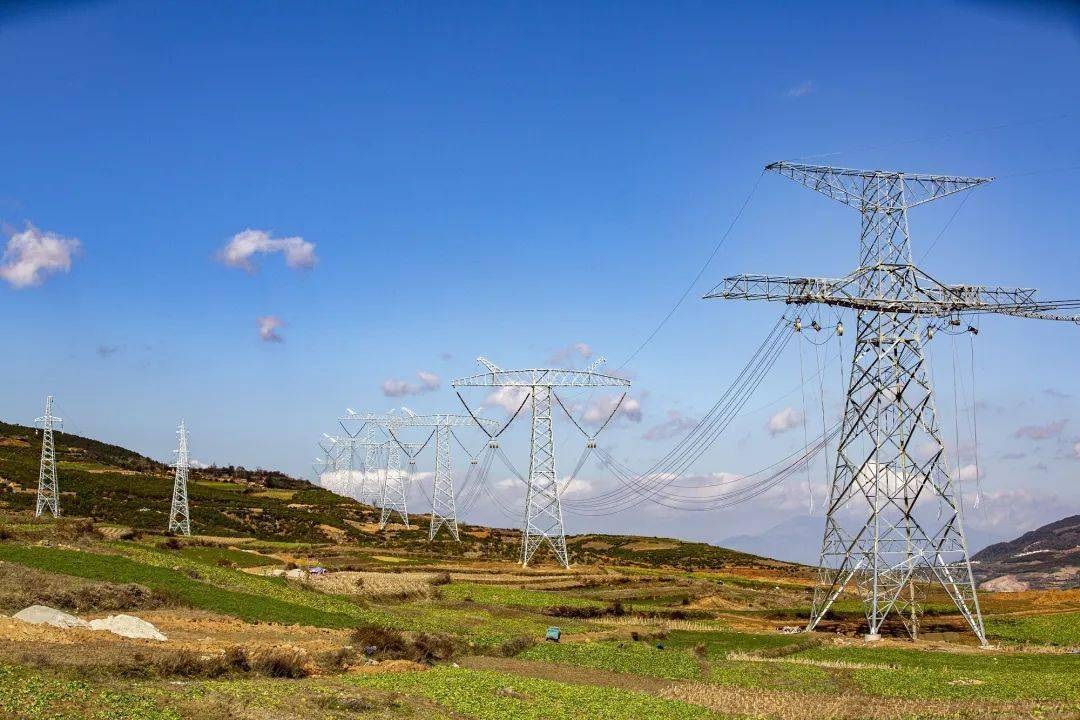
In the global economic landscape, the direction of the U.S. economy has always attracted much attention. Recently, the release of a series of key U.S. economic data and the dynamics of related policies have triggered widespread attention and in-depth discussions in the market. These data and policies not only reflect the current operation of the U.S. economy, but also have a profound impact on the future development trend.
The U.S. Bureau of Labor Statistics announced that the Consumer Price Index (CPI) rose 2.7% year-on-year in June, a new high since February this year, slightly higher than the market expectation of 2.6%. The rise in energy prices was the main driver of this inflation rebound, with gasoline, natural gas and other energy commodities seeing significantly expanded month-on-month increases. As a basic element of economic operation, energy price fluctuations often spread to various fields through the industrial chain, thereby affecting the overall price level. At the same time, the Producer Price Index (PPI) rose 2.6% year-on-year and 0.2% month-on-month in June, indicating that producer price pressures are also increasing simultaneously. The rise in producer prices means an increase in corporate production costs. In a competitive market environment, enterprises are likely to pass on part of the costs to consumers, thereby further pushing up prices. This also shows that the transmission effect of tariff policies on the supply chain is gradually emerging. In recent years, the series of tariff policies implemented by the United States have disrupted the original global supply chain system, making enterprises face higher costs in purchasing raw materials and components, and this cost pressure has finally been reflected in the PPI data.
Changes in inflation data have had an important impact on market expectations. Market expectations for the Federal Reserve's interest rate cuts have further cooled. Interest rate futures show that the probability of a rate cut in September has risen to 65%, but the probability of keeping rates unchanged in July is as high as 98%. When formulating monetary policy, the Federal Reserve takes inflation data as one of the important reference indicators. A relatively high inflation level may limit the Fed's room to cut interest rates to stimulate the economy, because interest rate cuts may further exacerbate inflationary pressures.
In the industrial sector, U.S. industrial output rose 0.6% month-on-month in June, significantly higher than the expected 0.3%, showing strong resilience of the U.S. industrial economy. Among them, manufacturing output increased by 0.4% month-on-month, and the recovery in automobile and parts production was the main driver. As an important pillar of U.S. manufacturing, the recovery of the automobile industry has contributed significantly to the growth of overall industrial output. The recovery in automobile and parts production not only reflects the adjustment and development of the industry itself, but may also benefit from the increase in consumer demand for automobiles and the support of relevant industrial policies. The capacity utilization rate rose to 78.8%, which indicates that U.S. industrial enterprises have made more full use of their production capacity and the economic operation efficiency has improved.
However, despite the good performance of current industrial output, fluctuations in energy prices and tariff policies still pose downside risks. The instability of energy prices makes it difficult for industrial enterprises to predict production costs and increases their operational risks. The impact of tariff policies on the global supply chain may also cause industrial enterprises to face obstacles in raw material supply and product exports, thereby affecting the sustained growth of industrial production. For example, some enterprises that rely on imported raw materials may face higher raw material costs or supply shortages due to tariffs; export-oriented enterprises may face a decline in overseas market demand due to retaliatory tariffs from other countries.
The recently released U.S. economic data show a complex situation. The coexistence of rising inflationary pressures and higher-than-expected growth in industrial output reflects the differentiated development of the U.S. economy in different fields. When formulating economic policies, the government and the Federal Reserve need to comprehensively consider these factors, balance the relationship between stimulating economic growth and controlling inflation, so as to achieve stable and sustainable economic development. Market participants also need to pay close attention to changes in these data and policies, and timely adjust investment and business strategies to cope with potential risks and opportunities.

報告顯示,中國電力投資加速增長,預計2024年電網基建投資將超過5300億元。
近日,市場迎來了一則引人注目的消息:工業巨頭3M公司(MMM.N)在本周五公布了其季度業績報告,隨後股價飆升至近兩年來的
最近,外媒給OpenAI算了筆賬,今年可能要血虧50億美元。
近日,巴黎奧運會和世界鐵人三項協會聯合發布了一項重大決定,宣布因塞納河水質污染問題,原定於近期進行的奧運會鐵人三項首次下
當地時間7月18日,法國巴黎發生了一起令人震驚的持刀襲警事件。
近期,一則重大消息在國際舞臺上引起軒然大波,馬來西亞宣布加入金磚國家。
調查發現,互聯網和智能手機的使用幹擾了韓國近五分之一學生的生活。